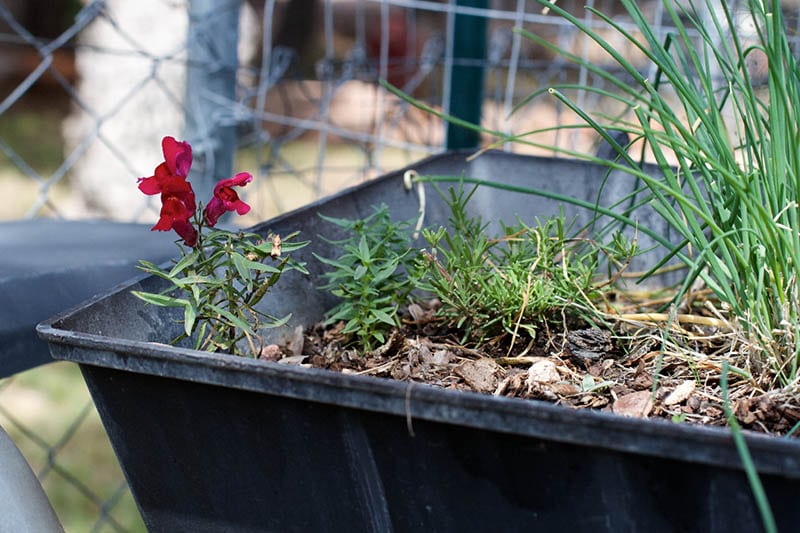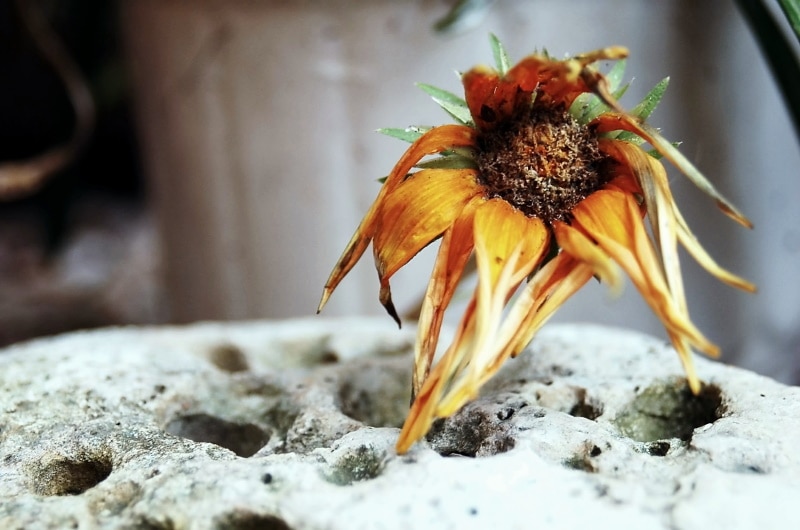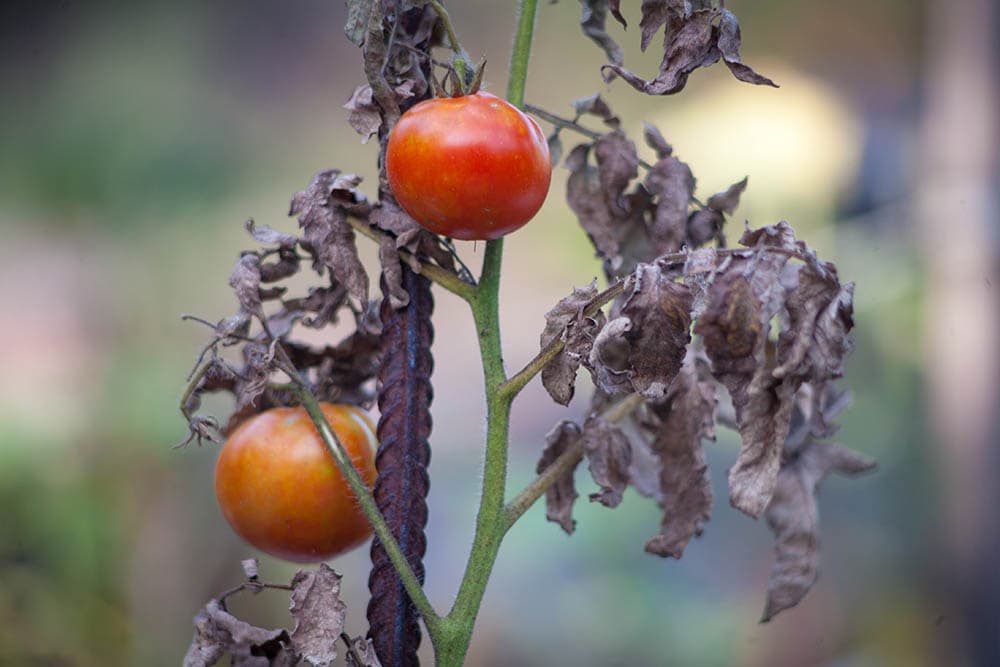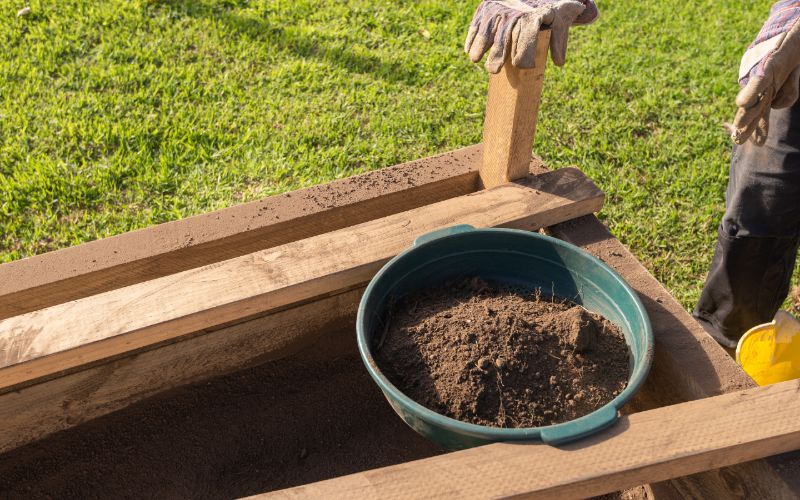Can You Reuse the Soil from a Dead Plant? What You Need To Know
-
Chris Dinesen Rogers
- Last updated:

Gardening has taken the world by storm in light of the pandemic, with a spike of 16 million new hobbyists1. While most gardeners grow flowers, over 51% grow vegetables.2 Roughly 60% of gardeners cited the shortages,3 and the ensuing panic spurred them into action. Tomatoes are the most popular vegetable, with a whopping 86% of individuals favoring them in their gardens.4 Garden centers benefited the most, with 48% of related supply sales.5
If you want to save money on your new-found hobby, you may wonder if you can further your savings with shortcuts—like reusing potting soil from a dead plant. The answer is yes, you can, but with some caveats. We’re approaching this question from the standpoint of potted plants,6 although many elements of our discussion also apply to garden beds.
In this article we will cover the following:

The Definition of Soil
The Soil Science Society of America defines soil as “a mixture of minerals,7 dead and living organisms (organic materials), air, and water.” The organization also recognizes the interactions and reactions that occur with these elements, making it a dynamic entity. That also includes the plants within it, which use it to grow and eventually produce flowers and seeds.
As you may surmise, that’s where the dynamic nature comes into play. The soil changes as the plants do, even through death. Since it marks the final interaction between the two, it will also provide a key part of the answer to the above question.

Cause of a Plant’s Demise & Reuse

The cause of a plant’s death has a direct impact on whether you should reuse the soil. Many species are annual varieties, like the vegetables we’ve mentioned. Their demise is inevitable and not necessarily a game-changer either way. The main consideration is the preparation of the soil, which we’ll discuss later. Let’s move on to other reasons your plant didn’t make it.
When It’s Okay
We think that people buy plants with good intentions. Nevertheless, individuals admit to killing an average of seven houseplants1. That means a lot of leftover soil, making this question apropos. Many botanical deaths occur from mismanagement, whether it’s too much water, not enough sun, or neglect. These are preventable reasons and won’t adversely affect the leftover earth.
It’s worth noting that the question of sunlight is the most challenging for people getting houseplants.
When It’s Not
Disease is a deal-breaker when it comes to reusing the soil, no matter if it’s bacterial, fungal, or viral. The possibility of infecting the next plant in the pot or garden is too high to risk using it again without intervention to manage this occurrence. It’s worth mentioning that vineyard managers will pull up vines affected by the latter because some pathogens or disease-causing organisms can persist.
Microbes are surprisingly resilient when it comes to surviving environmental challenges. Sometimes, extreme weather conditions on either end of the spectrum aren’t enough to get rid of them. The same thing applies to other pests, like insects. Eggs can live in the soil long after the adults have decimated and killed the plants.
Allelopathic plants release chemicals that inhibit the growth of would-be competitors. You should reconsider reusing the soil of these species with this trait—some of which include Jerusalem artichokes, peas, and sunflowers.

A Lesson From Big Ag
We can also learn a lesson from big agriculture regarding reusing soil on a grand scale. Corn and soybeans are classic examples. Corn is vulnerable to several conditions, including blight and rust. That’s one reason why farmers practice crop rotation with soybeans. It breaks the cycle of diseases and parasites. The latter will also replenish the soil by fixing nitrogen.
Many plants experience similar challenges in which you shouldn’t plant them together, much less reuse the soil of one species after another. It’s often because some suffer from similar health conditions, making the likelihood of them occurring a concern, such as with parsnips and carrots. Others, like zucchini and potatoes, are two examples of incompatible plants because of competing nutritional needs.

Preparation for Reuse
The soil you plan to reuse should be free of weeds, leaves, and other debris. Any can contain seeds of undesirable plants. They are also potential sources of pathogens, which you should remove to avoid unnecessary challenges for your new plantings. You can remove microbial growth by putting the used soil in an aluminum pan in a 200-degree oven for about a half hour.
If the other plants spent any time in the soil, they likely depleted the available nutrients in it. Therefore, we suggest amending it with a fertilizer appropriate for the species you want to put in it. Research what they’ll need to give them the best start. That might mean mixing it with a soil that contains the necessary nutrients, or peat moss to improve its moisture-carrying capacity, or perlite to aerate it.


Conclusion
The interest in gardening has increased for many reasons, fueled by the pandemic and all the extra time people had on their hands. While it pays off with the produce you’ll harvest, it doesn’t hurt to make the savings even better for your pocketbook by reusing the soil. You could repurpose it if the previous plants died from natural causes. If a disease was a factor, you should sterilize and fertilize it for the next go.
Featured Image Credit: Jumpstory
Contents
